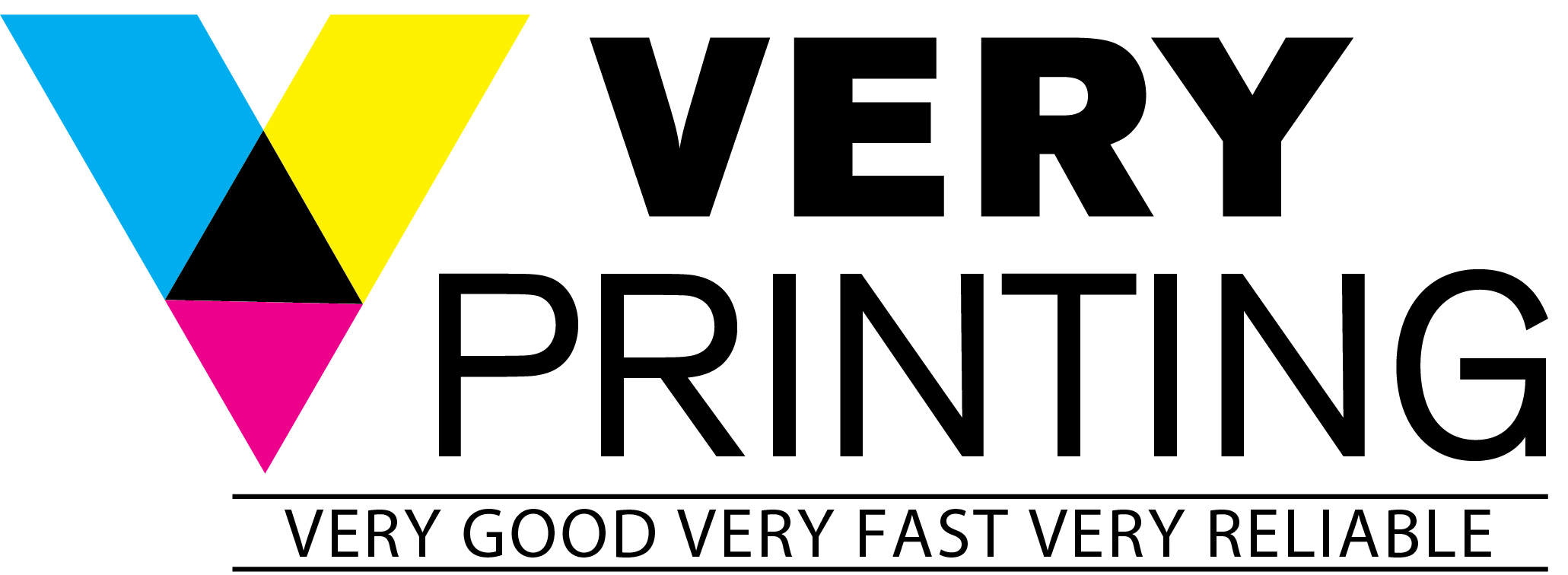Stress is often viewed negatively, with many people believing that all stress is bad. However, this perspective overlooks the nuances of stress and its effects on our lives. In this article, we will explore the concept of eustress, or positive stress, and how it can motivate and enhance performance. By the end of this article, you will gain a deeper understanding of the different types of stress, the benefits of eustress, and practical strategies to harness it for personal and professional growth.
Contents
- Understanding Stress
- Definition of stress
- Types of stress: Eustress vs. Distress
- The Negative Perception of Stress
- Common myths about stress
- Impact of distress on health and well-being
- What is Eustress?
- Definition and characteristics
- Examples of eustress in everyday life
- The Benefits of Eustress
- Motivation and performance enhancement
- Eustress in personal and professional contexts
- How to Harness Eustress
- Identifying eustress triggers
- Practical strategies to cultivate eustress
- Conclusion
- Recap of key points
- Final thoughts on the value of understanding stress
Understanding Stress
Definition of Stress
Stress is a natural response to external pressures or demands, often referred to as stressors. These stressors can be physical, emotional, or environmental and can vary in intensity and duration. When faced with stress, the body undergoes various physiological changes, including increased heart rate, heightened alertness, and the release of stress hormones like adrenaline and cortisol.
+ Learn more about Stress, click here!
Types of Stress: Eustress vs. Distress
Stress can be categorized into two main types: eustress and distress.
- Eustress: This is the positive form of stress that can motivate individuals, enhance performance, and lead to personal growth. Eustress is often associated with feelings of excitement, fulfillment, and accomplishment.
- Distress: In contrast, distress is the negative form of stress that can lead to feelings of anxiety, overwhelm, and burnout. Distress often results from prolonged exposure to stressors and can have detrimental effects on mental and physical health.
Understanding the difference between eustress and distress is crucial in recognizing that not all stress is bad.
The Negative Perception of Stress
Common Myths About Stress
The belief that all stress is bad is rooted in several common myths:
- Stress is Always Harmful: Many people assume that any level of stress is detrimental. However, this ignores the potential benefits of eustress.
- Stress Only Affects Mental Health: While distress can significantly impact mental health, it can also lead to physical health issues, such as cardiovascular problems and weakened immune response.
- Stress is a Sign of Weakness: Some individuals view stress as a personal failing. In reality, stress is a universal human experience.
Impact of Distress on Health and Well-Being
While it’s essential to recognize the benefits of eustress, it’s equally important to understand the negative consequences of distress. Chronic distress can lead to:
- Mental Health Issues: Anxiety, depression, and burnout are common outcomes of prolonged distress.
- Physical Health Problems: Stress can contribute to various health issues, including heart disease, obesity, and gastrointestinal problems.
- Decreased Performance: High levels of distress can impair cognitive function, decision-making, and overall performance.
Recognizing these impacts underscores the importance of managing stress effectively and distinguishing between its positive and negative forms.
What is Eustress?
Definition and Characteristics
Eustress is the type of stress that feels manageable and is perceived as beneficial. It often arises in situations that challenge us but also provide opportunities for growth and achievement. Characteristics of eustress include:
- Motivation: Eustress encourages individuals to take action and pursue their goals.
- Excitement: It often comes with a sense of thrill or excitement, such as the anticipation before a big presentation or competition.
- Short-Term: Eustress is typically short-lived and resolves once the challenge is met.
+ Learn more about Eustress, click here!
Examples of Eustress in Everyday Life
Eustress can manifest in various situations, including:
- Starting a New Job: The excitement and anticipation of new responsibilities can be a source of eustress.
- Planning a Wedding: While planning can be stressful, the joy and excitement of the event create positive stress.
- Competing in Sports: Athletes often experience eustress before competitions, which can enhance their performance.
These examples illustrate that stress can be a driving force for positive change and achievement.
The Benefits of Eustress
Motivation and Performance Enhancement
Eustress plays a vital role in motivating individuals to pursue their goals and perform at their best. Here’s how:
- Increased Focus: Eustress can enhance concentration and focus, allowing individuals to tackle tasks more efficiently.
- Heightened Energy Levels: The adrenaline rush associated with eustress can provide a temporary boost in energy, enabling individuals to push through challenges.
- Improved Resilience: Experiencing eustress can build resilience, helping individuals cope better with future stressors.
Eustress in Personal and Professional Contexts
In both personal and professional settings, eustress can lead to significant benefits:
- Personal Growth: Eustress encourages individuals to step out of their comfort zones, leading to personal development and self-discovery.
- Career Advancement: In the workplace, eustress can drive employees to meet deadlines, achieve targets, and excel in their roles.
- Enhanced Relationships: Positive stress can foster stronger relationships by encouraging individuals to connect, collaborate, and support one another.
How to Harness Eustress
Identifying Eustress Triggers
To effectively harness eustress, it’s essential to identify what triggers it in your life. Consider the following:
- Reflect on Past Experiences: Think about situations where you felt energized and motivated. What were the common factors?
- Assess Your Goals: Identify your personal and professional goals. What challenges excite you and push you to grow?
Practical Strategies to Cultivate Eustress
Here are some strategies to cultivate eustress in your life:
- Set Challenging Goals: Aim for goals that stretch your abilities but are still achievable. This can create a sense of excitement and purpose.
- Embrace New Experiences: Step out of your comfort zone by trying new activities, whether it’s taking a class, volunteering, or traveling.
- Practice Mindfulness: Mindfulness techniques, such as meditation and deep breathing, can help you stay present and manage stress effectively.
- Maintain a Positive Mindset: Focus on the potential benefits of challenges rather than the negatives. This shift in perspective can help you view stress as an opportunity for growth.
- Seek Support: Surround yourself with supportive friends, family, or colleagues who encourage you to embrace challenges and celebrate your achievements.
By implementing these strategies, you can transform stress from a negative force into a powerful motivator for personal and professional growth.
Conclusion
In conclusion, the belief that all stress is bad is a misconception that overlooks the benefits of eustress. Understanding the difference between eustress and distress is crucial for managing stress effectively. By recognizing the positive aspects of stress, individuals can harness eustress to enhance motivation, performance, and personal growth.
As you reflect on your own experiences with stress, consider how you can cultivate eustress in your life. Embrace challenges, set ambitious goals, and maintain a positive mindset. By doing so, you can transform stress into a valuable ally on your journey to success and fulfillment.
Remember, not all stress is bad; eustress can be the key to unlocking your potential and achieving your dreams.
+ You might also like: The Secrets Behind How Brands Use Design and Marketing Control Your Mind




